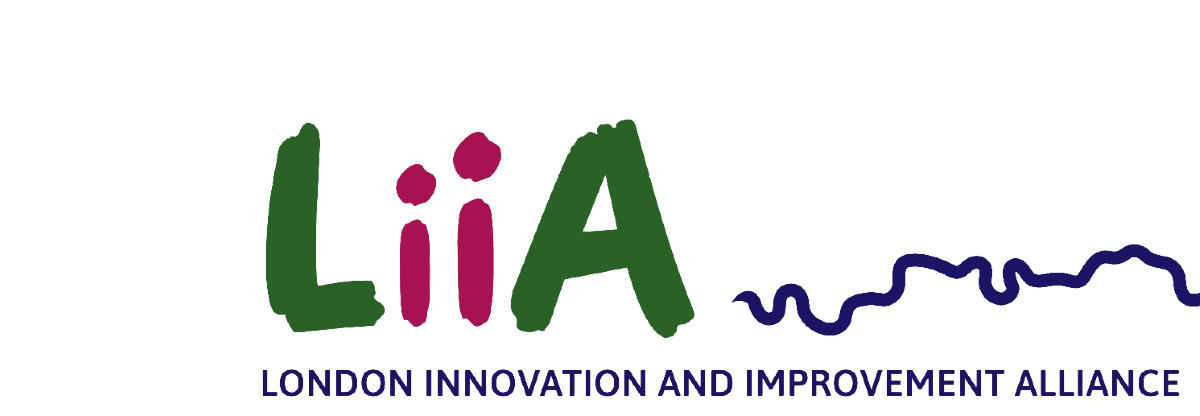Position statement – visiting children during the pandemic and contact arrangements for children in care
The difficult and complex decision making by practitioners and managers affecting children and families during the pandemic are informed by the following principles:
- child-centred – promoting the children’s interests and reducing risks to their welfare
- risk based – prioritising support and resources for children at greatest risk
- family focused – harnessing the strengths of families and community
- evidence informed – ensuring decisions are proportionate and justified
- collaborative – working with parents and other professionals
- transparent – providing clarity and maintaining professional curiosity about a child’s wellbeing.
All children receiving children’s social care or youth offending services are subject to a risk assessment that is regularly reviewed and where required updated. This takes into account the impact of the Covid-19 pandemic on the child and their family or carers and identifies how best to support the family and safeguard children.
All practitioners working within the professional network working with the family have their part to play in assessing the type and level of risk to a child’s welfare, planning and carrying out visits to children. Decisions about how children are seen and the frequency with which they are seen are made in a child centred, risk informed way alongside other safeguarding partners. When schools are closed for most pupils but remain open to vulnerable children, risk assessments are completed in collaboration with the school when a vulnerable child does not attend school. Multi-agency professional networks continue to be coordinated through normal statutory frameworks – Child in Need Plans, Child Protection Plans or care plans.
Practitioners and their managers are best placed to make professional judgements of risk in each case and decide the form and frequency of contact the child needs. The expectation is that practitioners make-face-to-face visits where the risk is high[1]. The local incidence or transmission of Covid-19 in the area where the child is living may impact on this and is reflected in risk assessments. To reduce the risk of transmission, children’s social care staff visiting children and supervising contact will use the appropriate personal protective equipment as guided by local public health colleagues.
While contact arrangements for children in our care will still need to be made on a case by case basis, the presumption is that face to face contact should happen where it is safe to do so.
A range of factors need to be considered which will include any health vulnerability of the child, parent or carer. In many cases, virtual contact will be more appropriate.
It is recognised that the Covid-19 pandemic has presented an unprecedented challenge to practitioners and they continue to demonstrate adaptability and resilience. Practitioners are leading the way in to think differently about how digital communication can be a key part of direct work with children.
[1] “The risk is high” refers to the risk of significant harm – from abuse, others or self, risk of family or placement breakdown or risk of serious harm to the public (youth justice).

